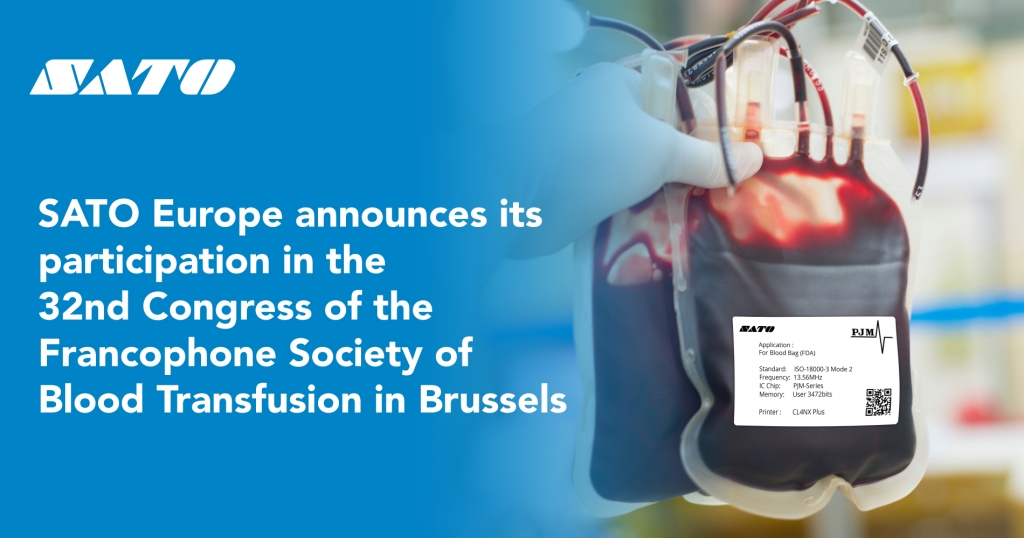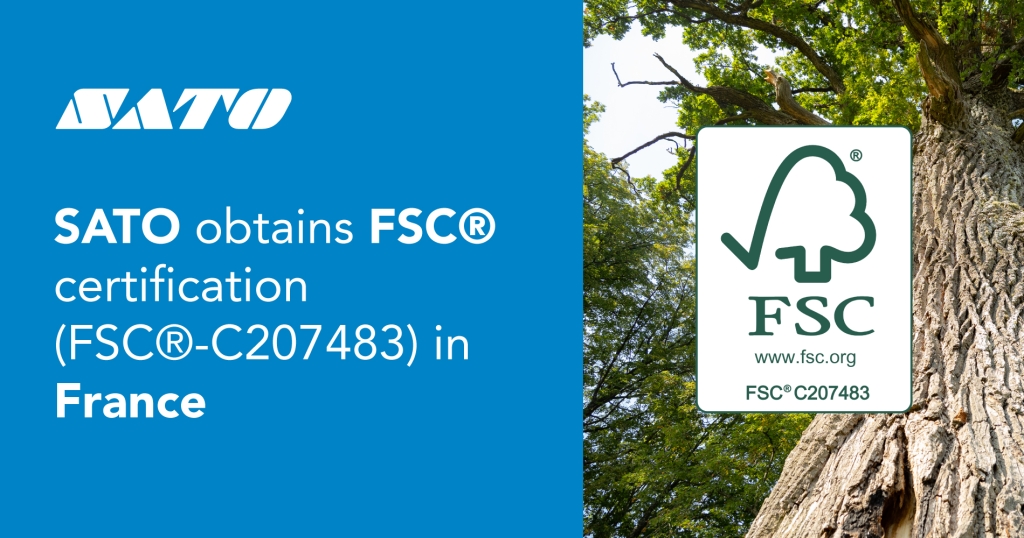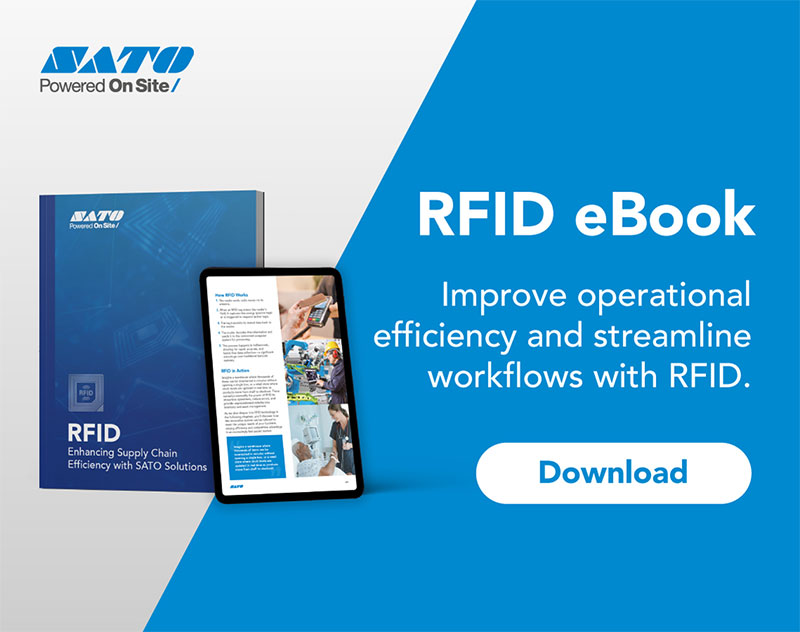Are You Ready for 2027? The Rise of 2D Codes in Retail
22/04/25
Retailers and manufacturers across Europe are gearing up for a transformative shift: by the end of 2027, two-dimensional (2D) barcodes such as QR codes and DataMatrix will become the standard at retail points of sale (POS), marking a significant evolution from traditional one-dimensional barcodes.
Why is this change happening now? Consumer expectations and retail demands for detailed and transparent product information have grown dramatically. Traditional barcodes, which have long served the retail industry, simply don't offer the data capacity needed for today's requirements. 2D barcodes, on the other hand, can store extensive information such as batch numbers, expiry dates, and direct links to detailed product specifications or interactive digital content.
This evolution is part of the GS1 global initiative—known widely as Sunrise 2027—aimed at enhancing product traceability, streamlining operations, and significantly improving consumer experiences. Leading European retailers, including major chains like Carrefour and Tesco, have already begun pilot programmes, showcasing impressive improvements in inventory accuracy, efficiency at checkouts, and consumer engagement.
As the retail sector moves swiftly towards adopting 2D barcodes, businesses must proactively prepare for these changes to remain competitive. Key considerations for your readiness plan include:
Updating POS Systems: Your current scanning and IT infrastructure will likely need enhancements or replacements to effectively read and process the data-rich 2D barcodes. Early testing and gradual integration can ensure a smooth transition.
Redesigning Packaging: Manufacturers should start reviewing and adjusting packaging layouts to accommodate the new barcodes. Optimal placement and print clarity are crucial for accurate scanning, making packaging design and print quality even more important.
Training Teams: Staff across the retail and manufacturing sectors will require training to fully leverage the benefits of 2D codes. Comprehensive training programmes should cover technical usage, troubleshooting, and customer communication to maximise the advantages of the new standards.
Communicating with Consumers: Educating your customers about the functionality and benefits of 2D codes can significantly enhance their shopping experience. Clear communication about how to interact with digital product data can deepen consumer trust and brand loyalty.
A cornerstone of this initiative is the GS1 Digital Link standard, enabling a single barcode to provide immediate digital access to extensive product information such as nutritional details, sourcing transparency, and user instructions. This connection fosters stronger consumer-brand interactions and opens new channels for personalised marketing.
At SATO, we're actively partnering with labelling and packaging companies to ensure alignment with these new traceability standards. As long-established providers of reliable, high-quality labelling and traceability solutions, we recognise this industry shift as a significant step forward. Our goal is to equip our partners and clients with the tools and insights necessary to confidently navigate and benefit from this evolution.
Now is the time to start planning your journey towards 2D barcodes. SATO is here to guide you every step of the way, ensuring your transition is efficient, compliant, and future-proof.
Contact us today to discuss how you can get ahead of this shift towards a new way to be more traceable, and sustainable, with your supply chain.
Latest News
All News

04/12/25
SATO Europe announces its participation in the 32nd Congress of the Francophone...
25th November 2025 – Templemars, France...

18/11/25
SATO obtains FSC® certification (FSC®-C207483) in France, reinforcing its...
SATO, a leading global provider of labeling and identification...












